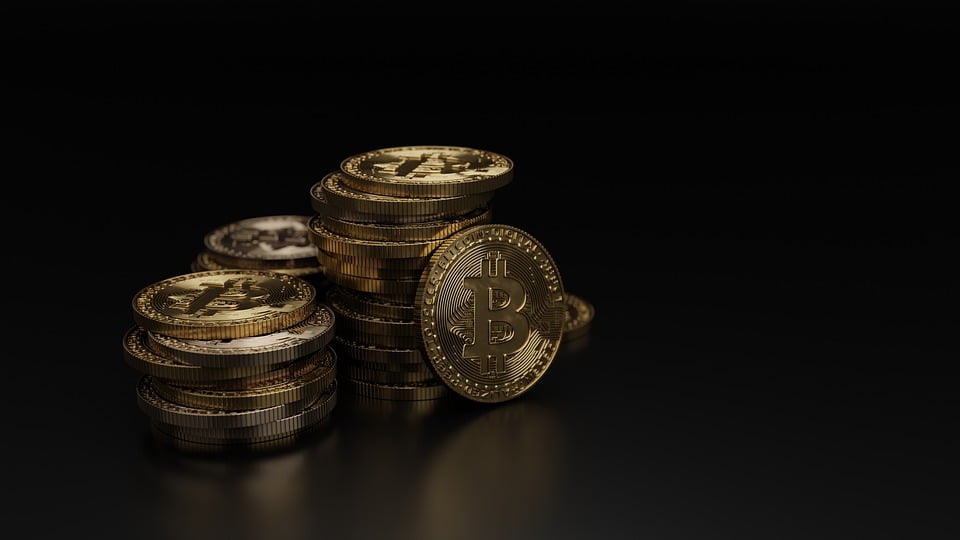In recent years, non-fungible tokens (NFTs) have surged in popularity, transforming the way we perceive ownership in the digital realm. These unique digital assets are revolutionizing industries such as art, music, gaming, and even real estate, presenting new opportunities for both creators and investors. If you’re interested in diving into the world of NFTs, this article will guide you through the essential steps to create, buy, and sell these intriguing digital tokens.
Understanding NFTs: The Basics
Before delving into the process of investing in NFTs, it’s essential to understand what they are. NFTs are blockchain-based digital assets that represent ownership of a unique item or piece of content. Unlike cryptocurrencies like Bitcoin or Ethereum, which are fungible and interchangeable, each NFT is one-of-a-kind, giving it distinct value. This uniqueness is what makes NFTs particularly appealing to artists and collectors.
Creating NFTs: The Journey from Concept to Token
-
Choose Your Asset: The first step in creating an NFT is selecting the digital asset you want to tokenize. This could be artwork, music, videos, virtual real estate, or even tweets. The key is to ensure it’s something unique and valuable to potential buyers.
-
Select a Blockchain: NFTs can be created on different blockchains, with Ethereum being the most popular due to its robust support for smart contracts. However, other blockchains such as Binance Smart Chain, Flow, and Tezos are also options depending on your needs and strategic preferences.
-
Create a Digital Wallet: To create and manage NFTs, you’ll need a digital wallet that supports cryptocurrencies and NFT transactions. Wallets like MetaMask or Coinbase Wallet are commonly used. Make sure to fund your wallet with a cryptocurrency such as Ethereum, as you’ll need it for gas fees during the minting process.
-
Choose an NFT Marketplace: Multiple platforms cater to NFT creation and sales, including OpenSea, Rarible, Foundation, and Mintable. Select a marketplace that aligns with your goals and offers the features you need, such as auction options or royalties on future sales.
-
Mint Your NFT: Once your wallet is set up and you have selected a marketplace, you can begin the minting process. This involves uploading your digital asset, adding details such as title, description, and properties, and establishing any resale royalties. Once submitted, your token will be created on the blockchain.
- List Your NFT for Sale: After minting your NFT, you can list it for sale. Choose either a fixed price or an auction format, and define the terms under which you are willing to sell.
Buying NFTs: Entering the Market
-
Do Your Research: Understand the NFT ecosystem, including the types of assets available, pricing trends, and recognized artists. Platforms like OpenSea and Rarible have sections where you can explore popular and trending NFTs.
-
Set Up a Wallet: Just like when creating NFTs, you’ll need a digital wallet to store your NFTs. Ensure it’s compatible with the NFT marketplace you choose.
-
Buy Cryptocurrency: Purchase cryptocurrency to fund your NFT purchases. Most marketplaces prefer Ethereum (ETH), so acquiring it is often necessary.
-
Connect to a Marketplace: Link your wallet to your chosen NFT marketplace. This will allow you to browse available NFTs and initiate purchases.
- Make a Purchase: Once you find an NFT that catches your interest, follow the marketplace instructions to buy it. Ensure you understand the associated fees and any other costs involved.
Selling NFTs: Turning Your Investment into Profit
-
List Your NFT for Sale: If you’re looking to sell an NFT, you can do so by listing it on the same marketplace where you bought it or another platform of your choice. Follow the same listing process as when you created your NFT.
-
Set Your Price: You can choose a fixed price or set it up for auction. Consider market trends, rarity, and demand when setting your price.
-
Promote Your NFT: The NFT space is competitive, and promotion can be key to attracting buyers. Use social media, forums, and artist communities to share your work and drive traffic to your listing.
-
Complete the Sale: Once a buyer is found, follow the marketplace’s instructions to transfer the NFT to the new owner. After the sale is complete, the proceeds (minus any fees) will be transferred to your wallet.
- Consider Future Royalties: If you set up your NFT to include royalty provisions, you’ll earn a percentage of sales every time your NFT is resold in the future.
Conclusion
Investing in NFTs offers exciting opportunities for both creators and collectors alike. As the market continues to grow and evolve, it’s essential to approach NFT creation, buying, and selling with a solid understanding of the fundamentals. By carefully selecting assets, understanding marketplace dynamics, and effectively promoting your work, you can navigate this innovative landscape and potentially reap significant rewards. Whether you’re an artist looking to monetize your creations or a collector hoping to uncover valuable digital treasures, the world of NFTs invites you to explore its unique possibilities.




